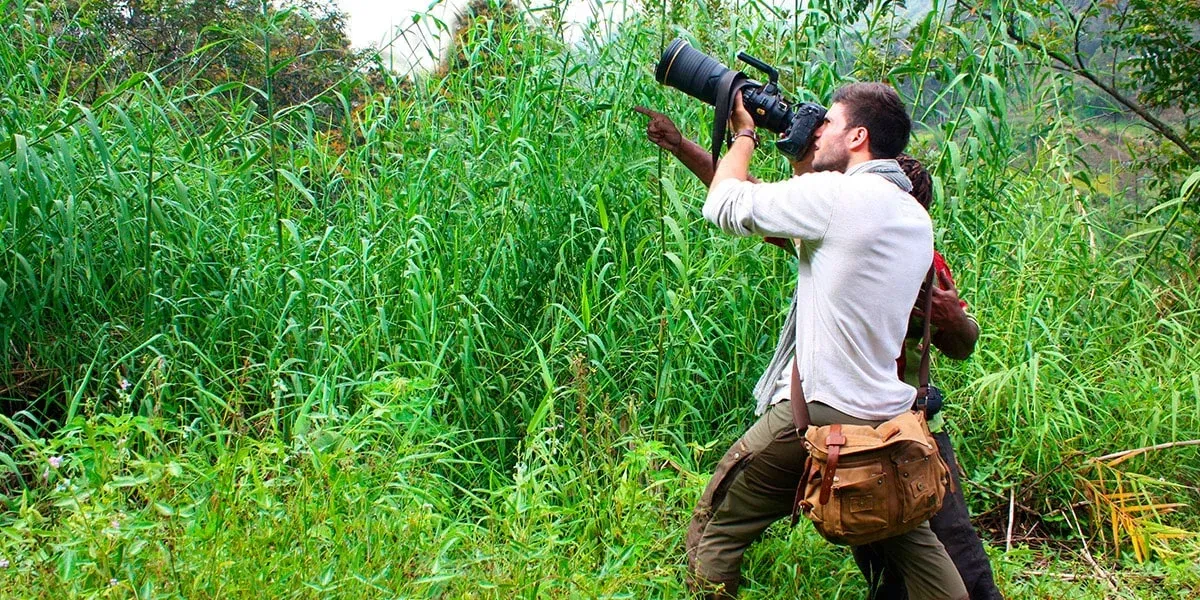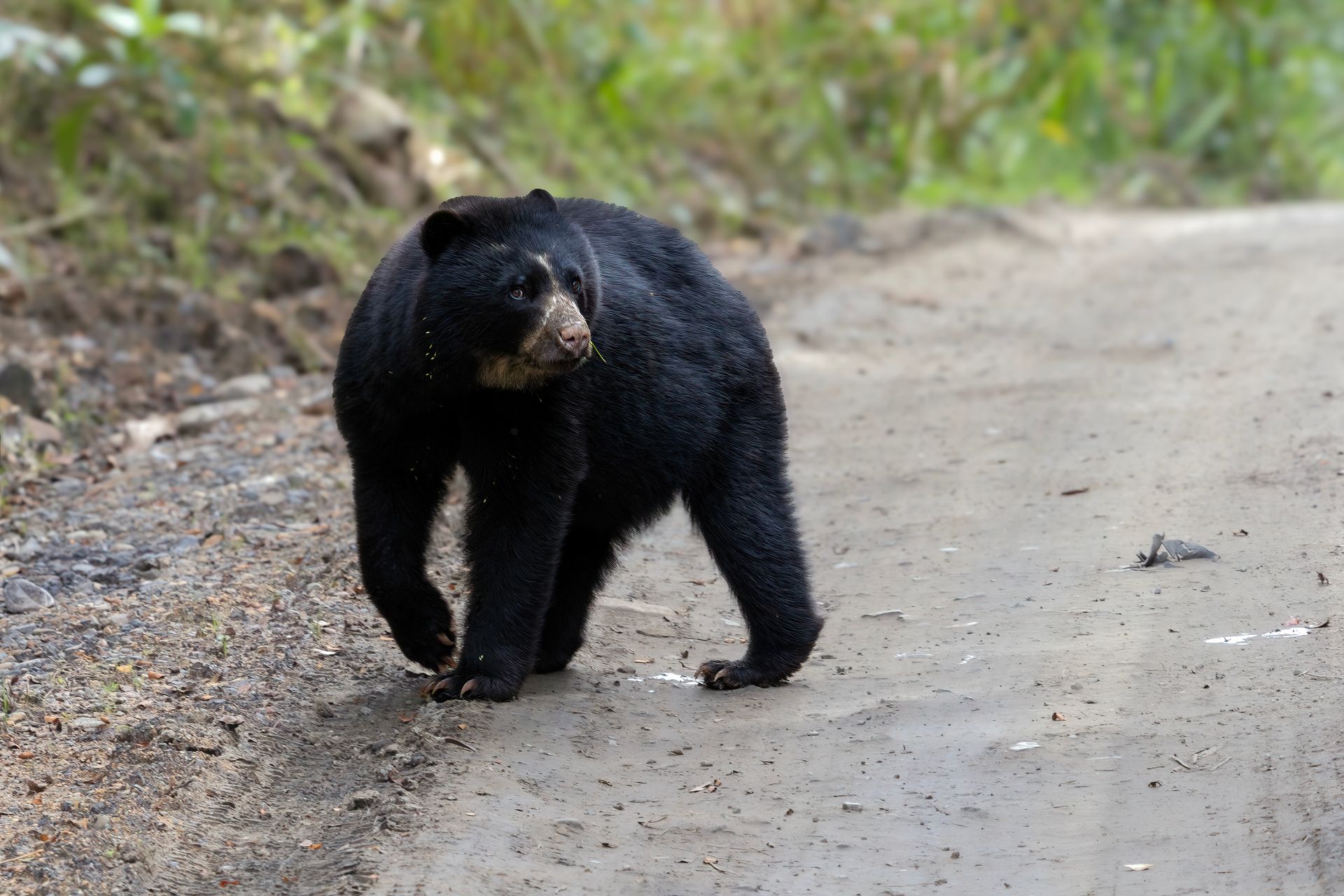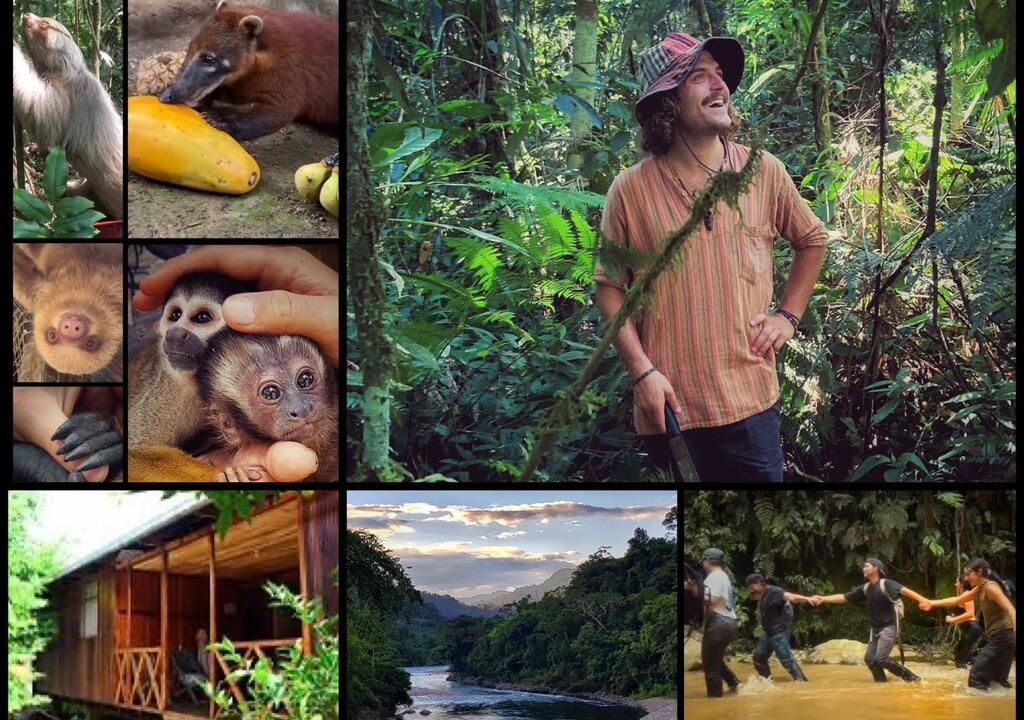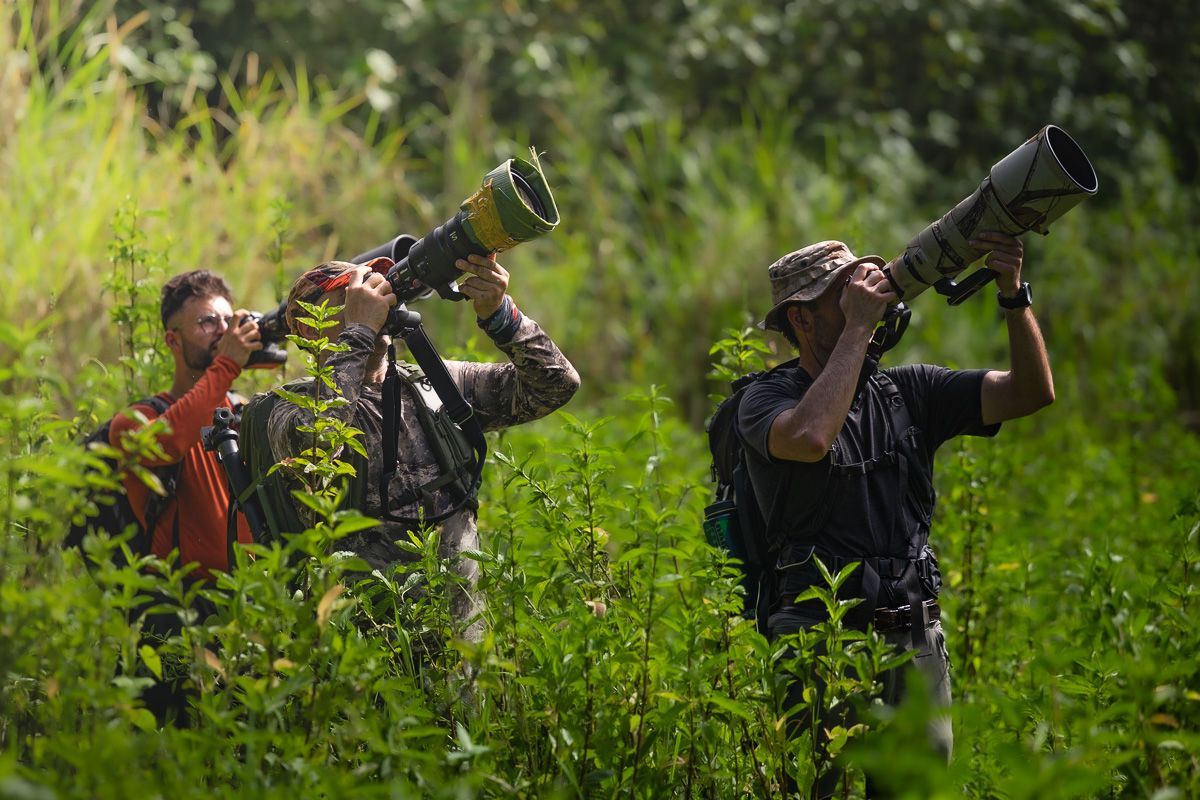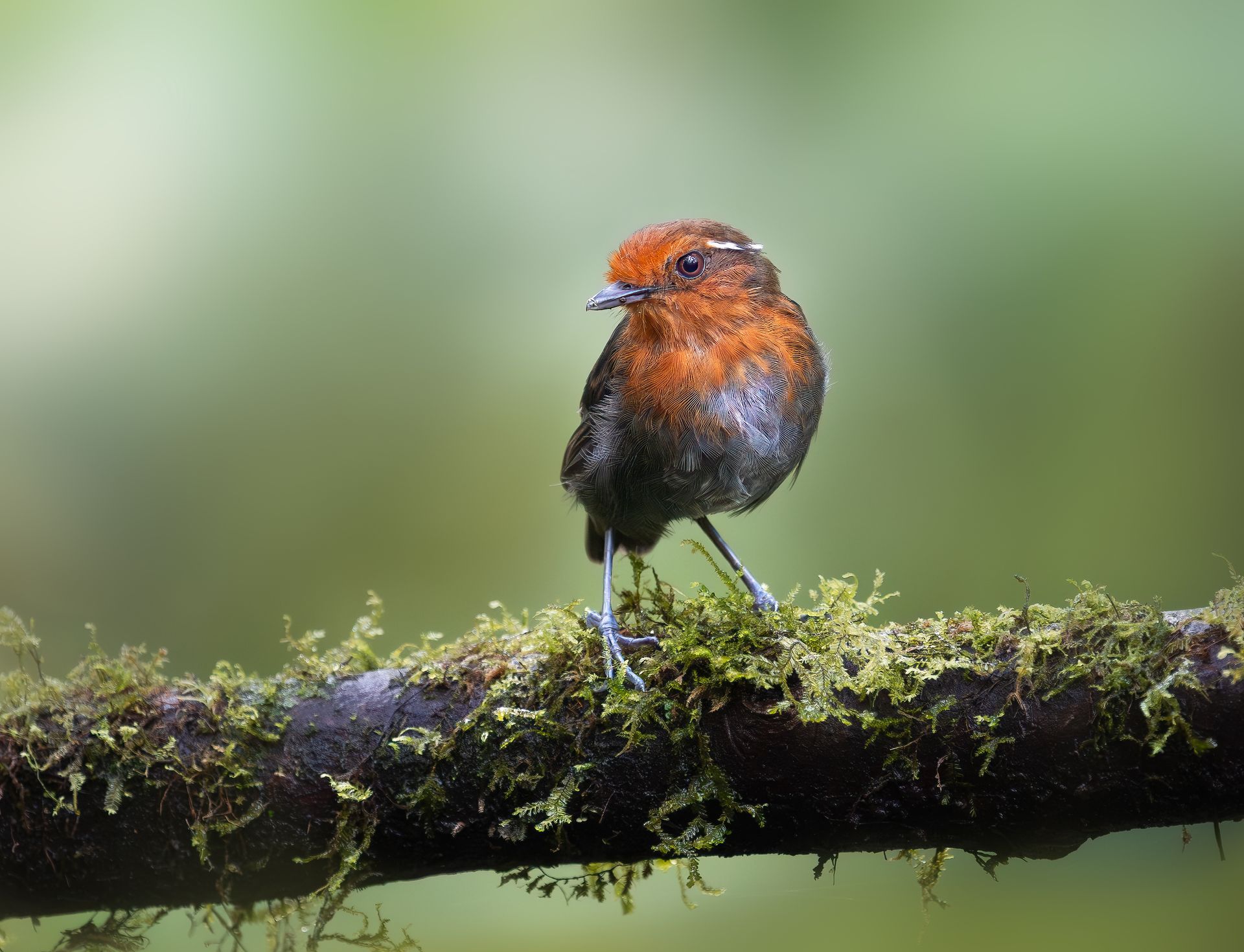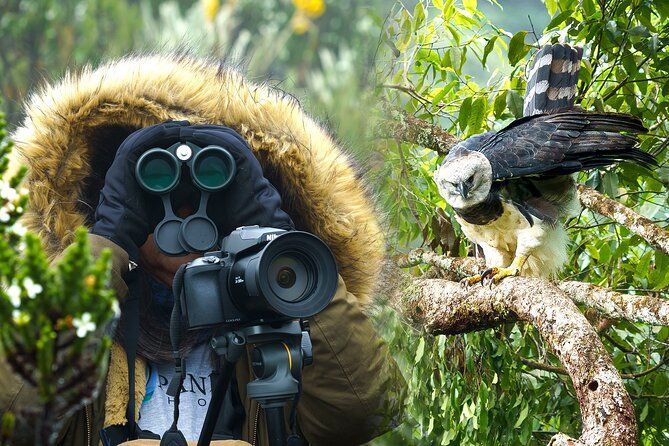Annotated Photo Tours: What to Expect on a Colombian Photo Adventure
Colombia is a country that surprises at every turn — soaring Andes mountains, steamy Amazon jungles, misty cloud forests, and two stunning coastlines. For photographers, both amateur and professional, it’s a dream destination filled with color, culture, biodiversity, and light.
But for many, planning a photo trip to Colombia can feel overwhelming. Where should you go? What gear should you bring? How do you capture those magical moments without missing the story?
That’s where an annotated photo tour comes in — a curated experience that blends expert guidance, cultural immersion, and real-time learning through the lens. At Retorno Photo Tours, we specialize in photo adventures that not only take you to Colombia’s most photogenic locations but also teach you how to capture them with purpose and skill.
In this post, we’ll walk you through what to expect on one of our annotated photo tours — from the daily flow and locations to the unique photographic support and storytelling techniques we provide.
What is an Annotated Photo Tour?
An annotated photo tour is more than just a sightseeing trip with a camera. It’s an immersive photography-focused journey designed to help you grow your skills in real time. At Retorno Photo Tours, “annotated” means your experience is guided and supported by ongoing visual instruction, critique, and local insight.
You’ll receive tips and guidance before, during, and after each shoot — including camera settings, composition advice, lighting tricks, and location-specific strategies. Each day is an opportunity to turn inspiration into technical and creative growth.
Who is it For?
Our Colombian photo tours are designed for:
- Beginner to intermediate photographers looking to improve their skills.
- Advanced photographers seeking unique and remote locations.
- Travelers who want to explore Colombia’s culture and biodiversity through the lens.
- Bird, wildlife, and landscape enthusiasts.
- Content creators and storytellers in search of authenticity.
You don’t need the fanciest gear or years of experience — just a passion for photography and an openness to explore.
Typical Day on a Retorno Photo Tour
Each day is structured around the best light, the richest environments, and the rhythm of Colombia’s natural and cultural life. Here's what a sample day might look like:
Morning: The Golden Hour and Wildlife Encounters
We start early — sometimes before sunrise — to catch the softest light and most active wildlife. Whether you’re photographing hummingbirds in the Andes, monkeys in the Amazon, or misty landscapes in the coffee region, mornings are ideal for quiet, focused shooting. Our guides help position you for the best light and offer tips on camera settings, stability, and timing.
Midday: Learning, Travel, and Cultural Immersion
As the light hardens, we pause for rest, travel, or community visits. This is when we introduce image reviews, editing tips, and compositional lessons. We may visit a coffee farm, a local market, or a cultural event — with photography always in mind.
Afternoon: Story-Driven Sessions
Later in the day, we focus on narrative photography. Whether it’s capturing a fisherman at sunset, photographing rural life in a highland village, or exploring cloud forests, these sessions emphasize storytelling, layers, and human context.
Evening: Review and Reflection
Each day ends with a relaxed review session — a time to reflect on your shots, get feedback, and discuss challenges or breakthroughs. This peer learning environment is one of the most rewarding parts of the experience.
What You’ll Learn on the Tour
Our annotated tours are hands-on learning experiences. You’ll receive guidance in:
- Understanding light and how to work with it throughout the day.
- Mastering composition techniques for wildlife, landscapes, and culture.
- Using manual settings for better exposure control.
- Approaching birds and animals respectfully and effectively.
- Telling stories with your images — not just capturing moments.
- Ethical wildlife photography and cultural sensitivity.
- Field editing tips using mobile tools or laptop workflows.
And most importantly, how to slow down and really see before you click.
Where You Might Go in Colombia
Each tour is crafted with a specific region and theme in mind. Some of our most popular locations include:
- The Coffee Triangle: Wax palm valleys, cloud forests, coffee plantations, and mountain towns like Salento or Filandia.
- The Amazon Basin: Wildlife-rich rivers, local communities, dense rainforest textures, and surreal biodiversity.
- The Sierra Nevada de Santa Marta: Mountain landscapes, Indigenous culture, coastal jungles, and access to Tayrona National Park.
- Tatacoa Desert: A red and gray canyon landscape perfect for astrophotography and wide-angle work.
- The Pacific Coast (Chocó): Raw jungle meets rugged coastline — ideal for whale watching, cultural photography, and birdlife.
We balance remote experiences with cultural immersion and access to some of Colombia’s lesser-known gems.
What to Bring
While we provide packing support for every guest, here’s a quick look at typical gear:
- A DSLR or mirrorless camera (entry-level or pro)
- A wide-angle lens (for landscapes and night sky)
- A telephoto lens (for wildlife and birds)
- Tripod (essential for low light and stability)
- Extra batteries and memory cards
- A laptop or tablet for photo reviews (optional)
- Comfortable footwear, rain cover, insect repellent
If you don’t have all the gear — no worries. We tailor recommendations to your style and experience.
Why Choose Retorno Photo Tours?
What makes our annotated tours different?
- Small Groups: Usually 4–6 people, so you get plenty of one-on-one guidance.
- Local Insight: We collaborate with local communities and guides to give you authentic access.
- Hands-On Instruction: You’ll receive real-time support, not just passive lectures.
- Focus on Storytelling: We go beyond technical — we teach you how to build visual stories that matter.
- Ethical Travel: Our experiences are designed to respect both wildlife and local culture, always leaving a positive impact.
Final Thoughts: More Than Just Pretty Pictures
An annotated photo tour is not just a workshop. It’s a journey of creativity, connection, and discovery. By the end of your Colombian adventure, you’ll return home not only with beautiful photographs — but with deeper skills, new perspectives, and stories worth telling.
Whether you’re chasing birds in the rainforest, light in the desert, or quiet moments in a village, you’ll have the guidance and space to find your voice as a photographer.
So pack your camera, charge your batteries, and bring your curiosity. Colombia is waiting — and so is your next great shot.




